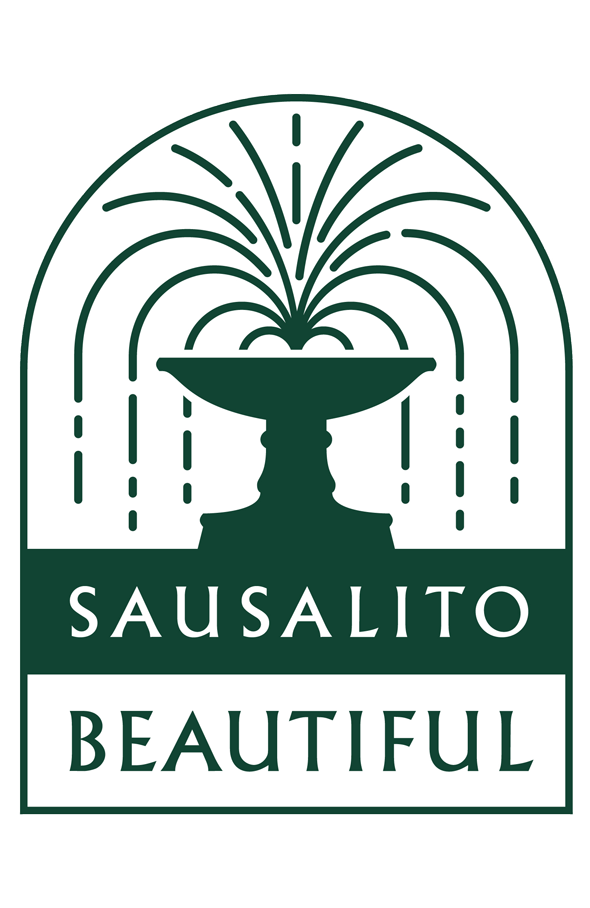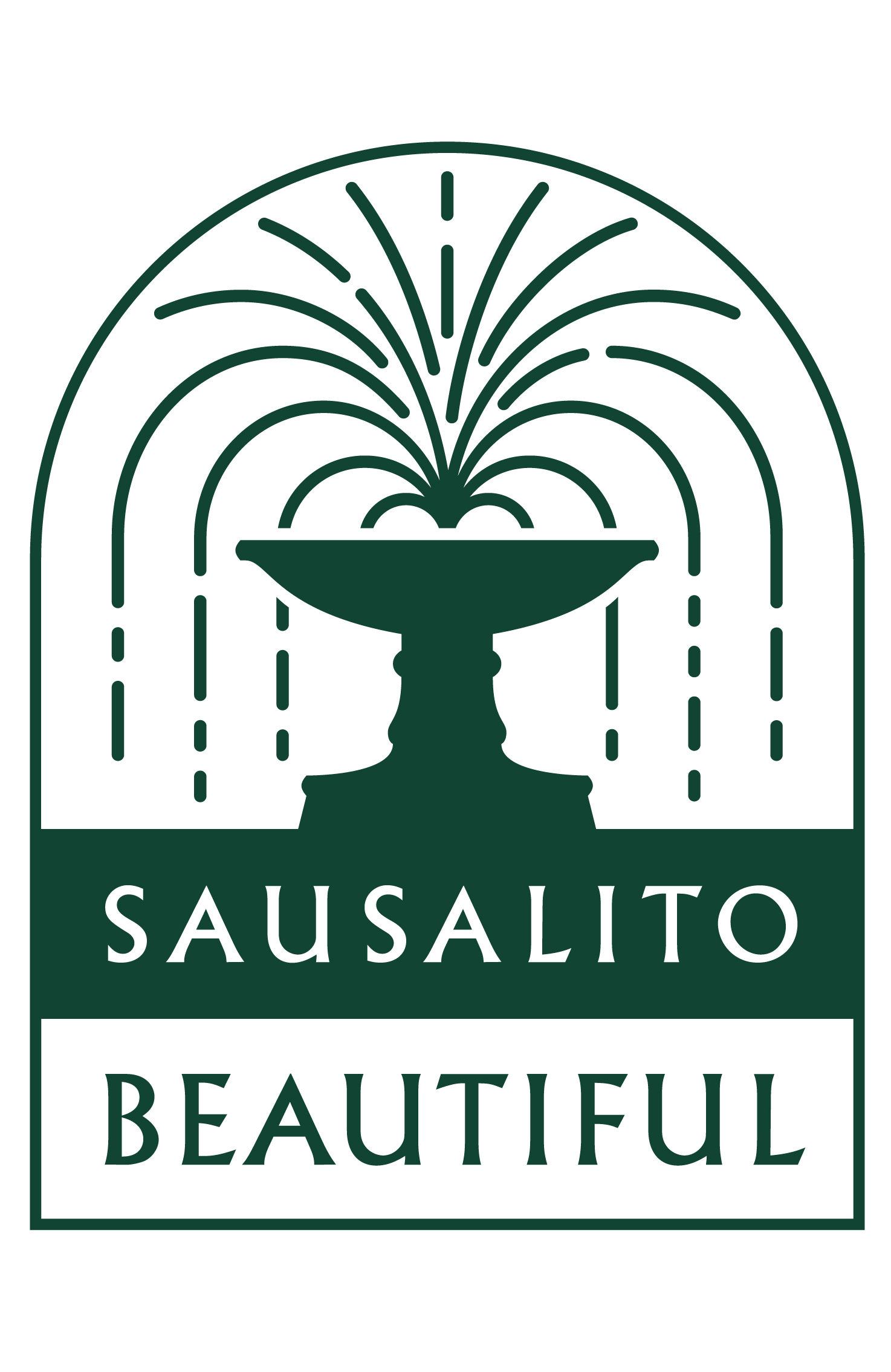Would you like to know more about why the local bees, birds and butterflies need us to plant natives? Or how to reduce your irrigation and plant a drought-tolerant garden? You’ll learn all this and more by becoming a Marin Master Gardener. Applications are due in early September for 2023. You can learn more on the Marin Master Gardener website. I just graduated from the 2022 Marin Master Gardening program myself and I’m here to tell you that it’s well worth doing. I wasn’t an expert gardener or even had a lot of experience with plants but I was passionate to learn.
And boy did I learn! I learned that as home gardeners, together we can make an impact on the environment. So where we might not feel like we have a lot of control over what politicians are doing nationally or globally to address climate change, we can make a difference in the choices we make in terms of what we buy and plant in our own yards and how we treat our soil
In fact, home gardeners spend over 100 billion dollars globally on garden equipment and supplies. Imagine if more people had the knowledge and commitment to introduce beneficial insects into their gardens first to eat pests rather than immediately buying harmful pesticides. Together we would have a greater impact in protecting and nurturing our environment.
Along with learning an integrated approach to managing pests such as the one I just mentioned, the program taught me that:
1. Soil should not be treated like dirt. Soil is the skin of our planet. It’s the Earth’s largest life system. In fact, a teaspoon of soil that’s fertile can contain more than 9 billion organisms. It keeps us alive by helping to regulate the earth’s temperature, growing food, purifying water, breaking down waste, preventing floods, and much more. Soil should not be taken for granted — you can harm it by removing organic content so it doesn’t have any nutrients to replenish itself. This leads to soil extinction in which the soil turns into sand (think of deserts or the Dust Bowl).
2. Trees and plants absorb carbon dioxide from the air and store it in the soil. Scientists believe that if enough farmers and gardeners practice good soil management such as helping the soil retain carbon by keeping it covered with mulch and cover crops like clover that we could sequester large quantities of carbon in the soil for decades or longer. Carbon sequestration as it’s called could greatly reduce the CO2 in the air and help mitigate climate change.
3. Choosing which trees and ornamentals to plant is a much more important decision than I ever thought. I used to just go to a big box gardening store and buy whatever plants I thought were pretty and would fit my requirements for sun, partial sun or shade. But after taking the Master Gardening course, I learned how this action can actually hurt the local bees, birds and butterflies here in Marin. I learned that if I chose to plant more native plants that this would feed the local insects and birds as the native plants are what they have been eating for thousands of years. So you may ask, “Why don’t they just eat something else?” Well that’s the thing — many of them don’t change what plants they prefer to eat just because we plant something else. They continue to look for that specific plant for nectar and/or pollen, and when they can’t find it, they die. This is particularly so with native bees, many of which are “specialists” that look for a specific plant from which to collect pollen and nectar.
Of course, some of these plants are still available in the wild, but we as home gardeners are making it harder and harder for them by taking out their food source and replacing it with plants from other countries that they don’t eat, plants that don’t produce nectar or pollen, or worse yet introducing plants from other countries that are invasive such as Scotch or French Broom that spread beyond our backyards. As these plants are relatively new to our environment, they don’t have natural pests, and therefore can easily outcompete native plants for valuable resources in our wild areas (Have you seen a field or yard covered in French Broom here in Sausalito? My backyard was completely coverd with it when I bought my house and it’s going to take years to pull it out to stop it from reseeding.)
Think about the impact we could make if we all had this knowledge and taught it to others. As for me, I now try to plant 75 percent natives but still give myself 25 percent for drought tolerant non-natives like lavender. I’m planning to start making my own compost to continue to improve the soil in my backyard (that’s another topic I’ll write about as I research which one to buy). And last of all, I mulch everywhere I can to cover the soil to keep the carbon in as well as to retain as much water as possible to help conserve water and keep plants healthy.
So think about applying to become a Master Gardener. It’s a time commitment but well worth it. Go to the Marin Master Gardening website to learn more.
If you have any questions about my experience, feel free to send me a note below.



Leave a Reply